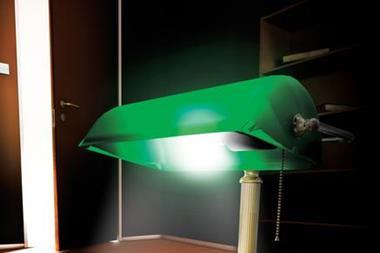From 2011 renewal no insurer can bend rules to reduce declared PI premiums
The Solicitors Regulation Authority (SRA) has toughened up insurer regulation following complaints that some were bending the rules to avoid paying their fair share of Assigned Risks Pool (ARP) costs.
But there are concerns that some underwriters could still find loopholes in the draft Qualifying Insurer’s Agreement for 2011, seen by Insurance Times.
Last year, some professional indemnity insurers believed that their rivals were paying less than they should for the ARP solicitors’ unpaid claims.
Insurers are liable for unpaid ARP claims in proportion to their open market share of premium.
Some qualifying insurers believed their rivals were under-declaring premium to avoid paying their fair share of the ARP, and lobbied the SRA to rewrite the agreement to clamp down on the ‘minimisation techniques’.
Insurance Times understands the final version of the agreement has no major changes to the draft. It will tighten the rules when it comes into force for the indemnity year 2011-2012.
Lockton Companies International senior vice-president Brian Balkin said: “As a whole it may even things up again, but you can bet your bottom dollar that there are going to be one or two underwriters out there looking through the rules to see how they might be able to use them in the most cost-effective way.
“There are some insurers who would say: ‘There was no underdeclaration, the way we declared it was fine, and this is going to force us to declare more premium, and that is going to cost our insureds more money’.”
Some of the changes are:
- Definitions and instructions around actual premium payable, aggregate excess, calculated premium payable and declaration premium payable.
- Clearer definitions over the primary layers, excess layers and limits.
- Increased power for the ARP manager to investigate qualifying insurers.
The sections of the agreement that define actual premium payable, aggregate excess and calculated premium payable have seen the most redrafting.
One insurer source said the SRA had changed the terms ‘to prevent the distortions that occurred last year’.
“This puts things back to a level playing field,” he added. “It should bring some more stability back into the market.”
Because not all layers of a solicitors’ PI policy need to be declared to the SRA, some insurers would squeeze large amounts of premium into the policy layers that did not need to be reported.
Another tactic was to sell a law firm a policy with a large excess, then sell a second infill policy to cover the cost of the excess. The infill policy did not need to be reported.
Some of the minimisation techniques were also known in underwriting slang as ‘swerving’, ‘loading’ or ‘flipping.’
Sources said the techniques were used by several insurers at the 2010 renewal. “I reckon they took millions of pounds out of the ARP,” a broker source said.
The ARP costs for insurers have soared since 2008, and peaked last year.
Last year saw the level of premium due from law firms in the ARP soar to around £13m, but insurers only received a tiny fraction of that figure.
The ARP has had an average 800% loss ratio since it was started in 2000, according to a Lockton report.
Insurers are keen to abolish the ARP, but controversially, it will remain in existence until 2013.
An SRA spokesman said: “The SRA’s indemnity insurance rules and the qualifying insurers agreement are revised annually. This year the documents are being amended to give effect to the outcome of the financial protection review which was announced in April.”






































No comments yet